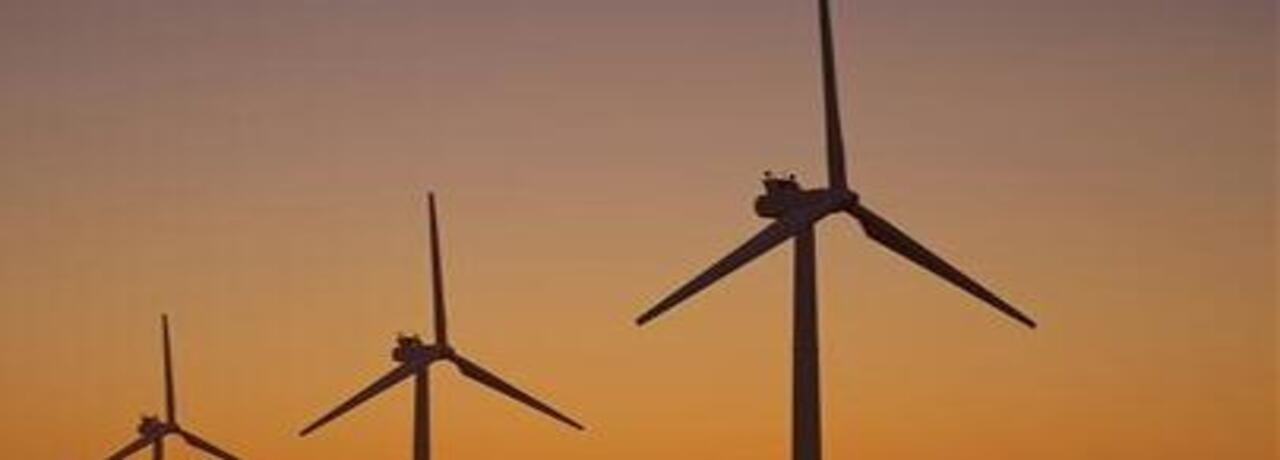Tunisia is entering a month full of elections (1st round of presidential elections on 15 September, legislative elections on 6 October and, if needed, a 2nd round of the presidential poll). The country has lost the plot of its previous position as the main industrial and export hub in North Africa. After growing by an average annual +3.6% in 2001-2010, manufacturing production increased by just +0.4% on average p.a. in 2011-2019. And in H1 2019, GDP growth disappointed again, at +1.2% y/y, which meant there was no growth per capita. Tunisia experienced an industrial recession (-0.6% y/y in Q1, -1.1% in Q2) partly driven by faltering export growth: the USD value of exports fell by -5% y/y year-to-date. More importantly, Tunisia now has to cope with a high level of public debt (forecast at 82% of GDP in 2019), a difficult task in an economy partly financed through public subsidies. One challenge among others, since GDP growth is expected to continue to disappoint with +1.2% for all of 2019.















